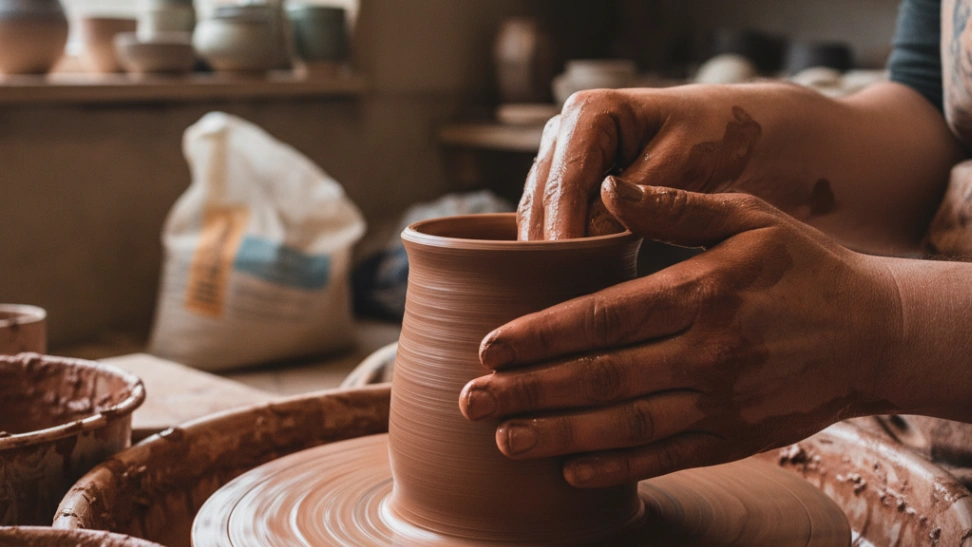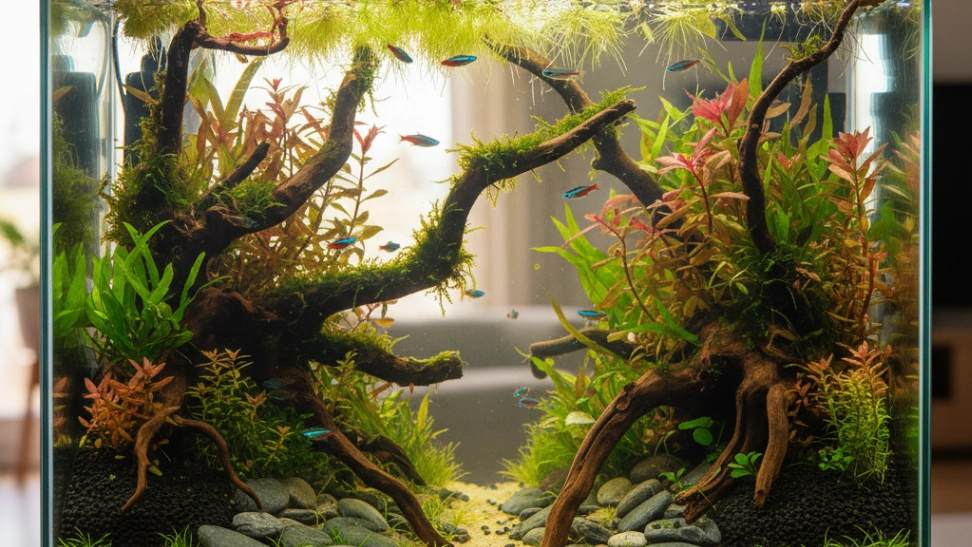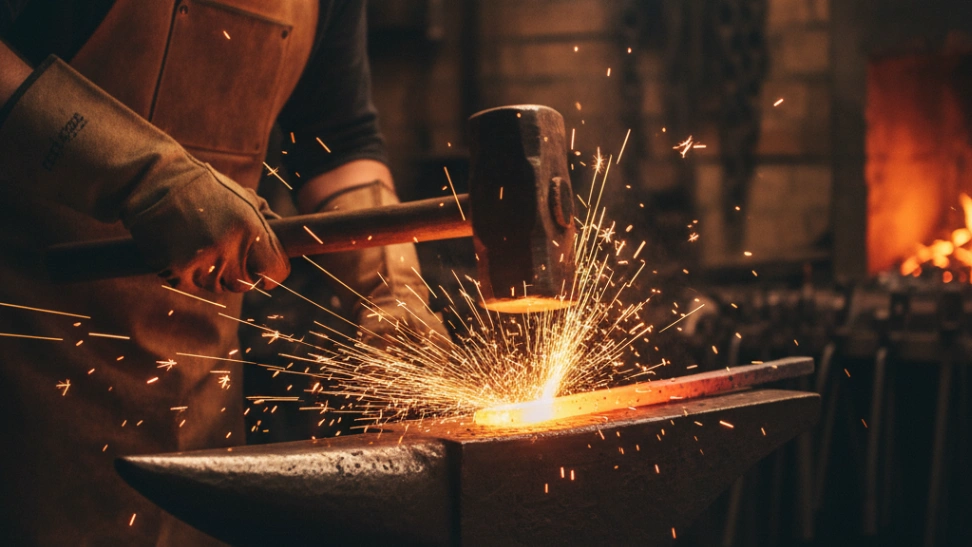Is This Hobby For You?
This hobby is ideal for individuals who enjoy tactile, creative work and appreciate the process of transforming raw materials into tangible, often functional, art.
Why You'll Love It
- Offers a profoundly therapeutic and meditative creative outlet.
- Allows for unique artistic expression through form, texture, and color.
- Produces beautiful and functional objects that can be used or gifted.
Good to Know Before You Start
- Can be quite messy, requiring a dedicated workspace and cleanup.
- Initial setup costs for equipment or studio access can be substantial.
- The learning curve for mastering techniques like wheel throwing requires significant patience and practice.
Hobby Traits
How the community rates this hobby.
Getting Started: The Essentials
The basic requirements to begin your journey with Pottery.
Startup Cost
$387
Community-voted average
Ongoing Cost
Low
Monthly upkeep estimate
Essential Gear
Clay
Various types like stoneware, earthenware, or porcelain, chosen based on project and desired firing temperature.
Basic Hand Tools
Includes a wire cutter, needle tool, rib, loop tools, and sponge for shaping, trimming, and finishing.
Pottery Wheel
Essential for wheel-throwing techniques, though hand-building only requires a flat work surface.
Kiln Access
Required for bisque and glaze firings; often available through community studios or personal kilns.
Glazes
Chemical compounds that create a glass-like coating for color, texture, and functionality after firing.
Learning Curve
Overall Difficulty: Easy
Associated Skills
Skills you can expect to develop while pursuing this hobby.
A Closer Look at the Traits
Purely Indoors
Best enjoyed in the comfort of your own home or a dedicated indoor space.
Relaxing
A calm, low-key pursuit that helps you unwind and de-stress.
Fairly Practical
You learn a useful skill, but the process is also a major part of the enjoyment.
Physical/Mental Balance
Requires a solid mix of both mental engagement and physical coordination.
Purely Creative
A highly creative and expressive outlet for your imagination and artistic side.
Social/Solo Balance
Can be enjoyed alone or with a small group, offering a mix of personal focus and social interaction.
Frequently Asked Questions
Hobby Traits
How the community rates this hobby.



